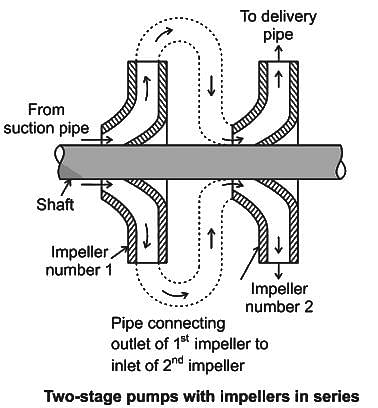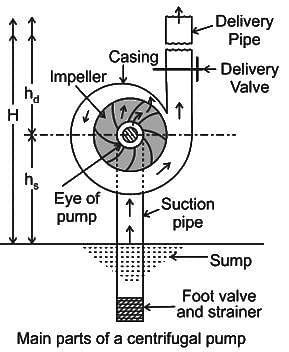Civil Engineering (CE) Exam > Civil Engineering (CE) Tests > Test: Centrifugal Pump - Civil Engineering (CE) MCQ
Test: Centrifugal Pump - Civil Engineering (CE) MCQ
Test Description
10 Questions MCQ Test - Test: Centrifugal Pump
Test: Centrifugal Pump for Civil Engineering (CE) 2025 is part of Civil Engineering (CE) preparation. The Test: Centrifugal Pump questions and answers have been prepared
according to the Civil Engineering (CE) exam syllabus.The Test: Centrifugal Pump MCQs are made for Civil Engineering (CE) 2025 Exam.
Find important definitions, questions, notes, meanings, examples, exercises, MCQs and online tests for Test: Centrifugal Pump below.
Solutions of Test: Centrifugal Pump questions in English are available as part of our course for Civil Engineering (CE) & Test: Centrifugal Pump solutions in
Hindi for Civil Engineering (CE) course.
Download more important topics, notes, lectures and mock test series for Civil Engineering (CE) Exam by signing up for free. Attempt Test: Centrifugal Pump | 10 questions in 30 minutes | Mock test for Civil Engineering (CE) preparation | Free important questions MCQ to study for Civil Engineering (CE) Exam | Download free PDF with solutions
Test: Centrifugal Pump - Question 1
The vertical distance between the centreline of the centrifugal pump and the liquid surface in the pump is called as:
Detailed Solution for Test: Centrifugal Pump - Question 1
Test: Centrifugal Pump - Question 2
The volume of fluid confined between two gear teeth of the gear pump is 0.350 cm3. How much fluid volume is pumped per rotation?
Detailed Solution for Test: Centrifugal Pump - Question 2
Test: Centrifugal Pump - Question 3
To produce a high head multi-stage centrifugal pumps, the impellers are connected :
Detailed Solution for Test: Centrifugal Pump - Question 3
Detailed Solution for Test: Centrifugal Pump - Question 4
Detailed Solution for Test: Centrifugal Pump - Question 5
Test: Centrifugal Pump - Question 6
The flow in volute casing outside the rotating impeller of a centrifugal pump is:
Detailed Solution for Test: Centrifugal Pump - Question 6
Test: Centrifugal Pump - Question 7
Which of the following types of impellers is used for centrifugal pumps dealing with water containing slurry and sewage?
Detailed Solution for Test: Centrifugal Pump - Question 7
Detailed Solution for Test: Centrifugal Pump - Question 8
Detailed Solution for Test: Centrifugal Pump - Question 9
Detailed Solution for Test: Centrifugal Pump - Question 10
Information about Test: Centrifugal Pump Page
In this test you can find the Exam questions for Test: Centrifugal Pump solved & explained in the simplest way possible.
Besides giving Questions and answers for Test: Centrifugal Pump, EduRev gives you an ample number of Online tests for practice
Download as PDF

























